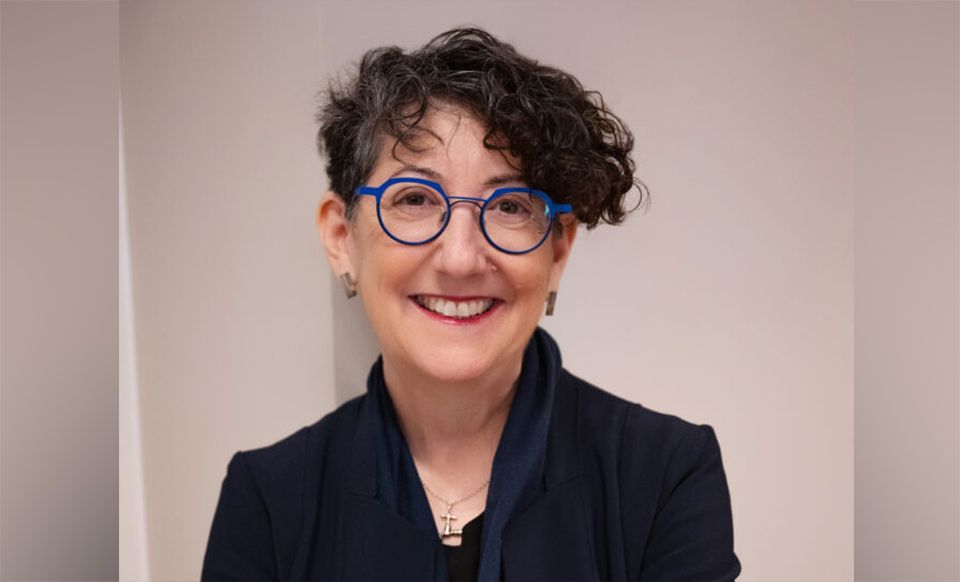With growing interest in investing in gender equality, better data and an expanding fund universe, it’s not enough now to just be looking at women in leadership, says Suzanne Biegel, founder of Catalyst at Large and leading gender lens investing expert.
Biegel began working in this area more than 20 years ago, when she says “there was only one public markets fund I could be in”.
Now there’s more than 60, she adds, “and they’re from big names like Rothschild & Co, UBS, Robeco, Impax”.
Other ‘big’ industry names are coming out with gender commitments, such as BlackRock’s commitment last week at Davos to scale up gender lens investing, and Goldman Sachs’ £1bn investment for women, Black, Latinx and other diverse entrepreneurs.
Publicly traded gender lens equity funds totalled $4.1bn in AUM as of 31 March 2022, a Q1 update this week from Parallelle Finance has found, up from $4bn at the end of December 2021. Gender lens fixed income was at $7.6bn, down from $8.5bn for the same period.
Pax Ellevate Global Women’s Leadership Fund, the largest equity fund captured on this list, hit $1bn this year. “Some of these strategies that people thought were small and niche and nice-to-haves, people are waking up and seeing there’s a real strategy here,” Biegel says.
Looking beyond leadership
But not all funds in this space have seen success.
Last year, Legal & General Investment Management (LGIM) decided to merge away its Future World Gender in Leadership UK Index Fund into the Legal & General Future World ESG UK Index Fund, after assets dropped from around £50m to £6m on 31 July 2020, according to FE Analytics, and AXA Investment Managers announced it would broaden the scope of its AXA WF Framlington Women Empowerment Fund to focus on more of the UN Sustainable Development Goals.
“Some of the funds that aren’t doing as well may not have gone as in depth on the gender factors they’re looking at, how they’re voting their proxies, how they’re being an engaged owner,” Biegel says.
The funds looking only at women in leadership and women in governance, like women on the board and women c-suite, Biegel considers not to be as robust as ones looking at the full range of employees, policies and practices, supply chains and what their products and services are doing for women.
See also: – What’s really going on with gender lens funds?
“People may have assumed that just because Helena Morrissey was behind the LGIM fund it would automatically mean people would follow it in, when in reality these funds need ongoing marketing, distribution, education, and real stakeholder engagement over time. I can’t speak to whether that was there or not at LGIM, but that’s key for any fund.”
She adds: “I understand those that have said they’re going to merge them into a broader theme, that’s a strategic business decision they’ve made, but the question I would ask is how are they marketing that fund?”
Data and disclosure
In fact, Biegel says, it’s often the broader strategies that are integrating more robust processes around gender, for which better data is helping.
“[Gender data provider] Equileap has shared with us there are people not only using its index to build gender funds, but also to do shareholder engagement and to feed into their ESG analysis for ESG funds,” she says.
“Some of the really exciting funds on gender don’t have a labelled strategy, such as Trillium and Boston Common, and have very strong gender integration into their strategies.”
The emergence of better standards, such as the 2X criteria and UN Women’s Empowerment Principles, are also helping asset managers look beyond leadership to the makeup of supply chains, identifying violence against women, and the impact on women of the products and services provided by companies.
“It’s easy to pinkwash – you really have to get down to looking at where’s the evidence in leadership and governance? Where’s the evidence in employment, such as is there a difference in how men and women feel working for a company – is it a safe environment, are there equal opportunities, is there flexibility? And then do something about it.”
Progress
But progress is still slow, particularly with a lack of mandated disclosure, and Biegel worries current events may pull focus away.
“People are asking for climate and ESG more than they are asking for gender,” she says. “Is it a dealbreaker if somebody has a perfect climate fund in other ways and yet they’re not there on the gender side? At this point, no.”
But she adds: “It’s not just gender equality as an end goal, it’s gender equality because that’s going to enable us to address food security, that’s going to enable us to address climate, it’s going to enable us to address healthcare.”
See also: – Are your clients looking to invest with a gender lens?
There is beginning to be questions and interest from clients, with topics such as pay equity, flexible working and flexible leave coming to the fore, and there is also more scrutiny on the asset management industry itself, which remains critically un-diverse, as asset owners begin to diversify.
“Some 1.3% of all professionally managed assets are managed by women and people of color,” Biegel says. “It’s 2022, not 1970.”
To continue to grow, the right kind of financing will need to reach the right places, such as small and medium-sized businesses, where most jobs are created. Revenue-based financing, invoice-based financing, flexible debt will all have to grow to support gender equality goals.
“In the past three years, so much more has come on the scene – it’s tiny but the signals are there.” In her 20+ years in this space is this the most excited she’s ever been? “By far. It’s little signs from a lot of different places. It’s permeating.”








